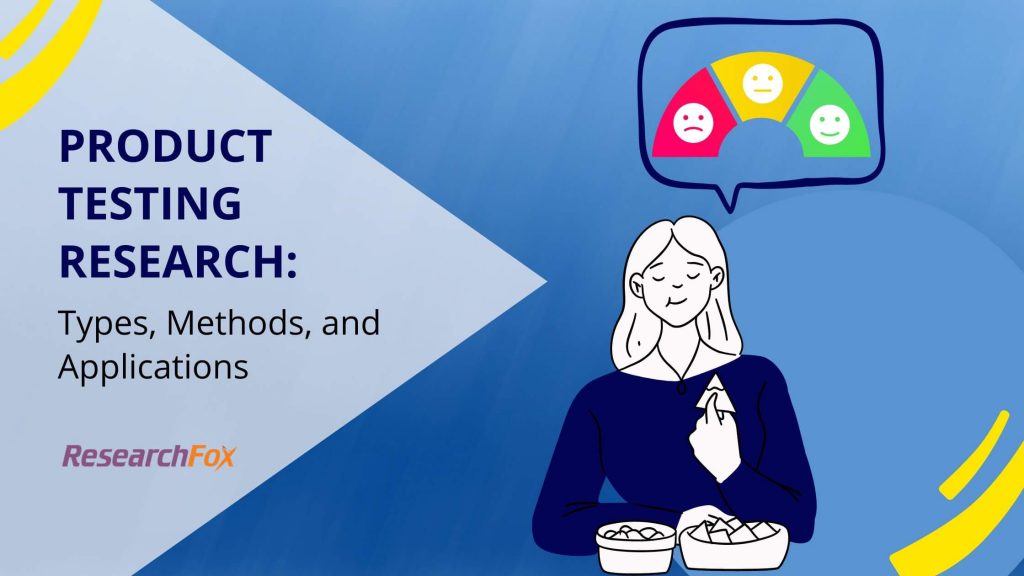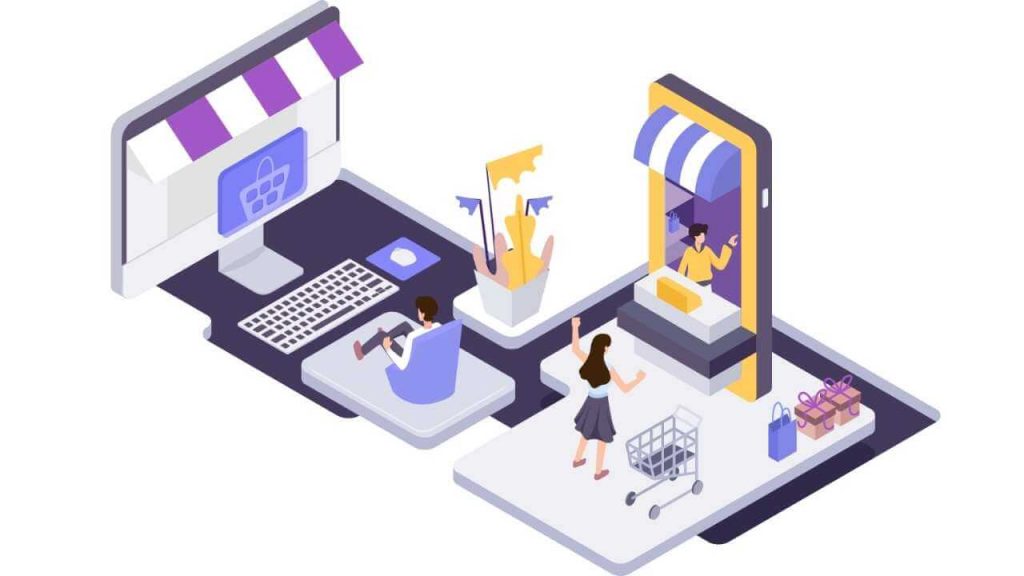Low customer satisfaction is equivalent to low brand loyalty and diminishing revenue. Customer retention needs a lot more than an amazing product or service. You will have to agree that customers value the experience they get around the product more than the actual product, or the attractive price.
Every stage of the sales funnel plays a crucial role in building the satisfaction level of the customers. You need a brilliant product but that’s not enough to retain the highly satisfied customers or to bring in new ones. Word of mouth spread by satisfied customers always remains a game-changer.
“A satisfied customer is the best business strategy”- Michael LeBoeuf
Your product, your service, your communication, your interactions, and every transaction is a touch point for customer experience. But why is customer satisfaction important for brands? Which metrics should brands use to measure it? How to create a great customer satisfaction (CSAT) score survey?
Why is customer satisfaction important for brands?
Customer satisfaction is at the core of the human experience, reflecting our liking of a brand’s business activities. High levels of customer satisfaction (with pleasurable experiences) are strong predictors of customer and client retention, loyalty, and product repurchase. Data that answers, why a customer or client enjoyed their experience, helps the company recreate these experiences in the future. Effective businesses focus on creating and reinforcing pleasurable experiences so that they might retain existing customers and add new customers.
A brand’s customer satisfaction is usually defined by the experience a customer gets throughout the engagement process across different touch points. It often happens that vendors or service providers have a predetermined definition of what a satisfied customer looks like. However, the cost of having your standards can be detrimental to your business because you can’t account for the problems you’re blind to. It’s important to have standards, but you should be more concerned with your customers’ expectations
How to measure customer satisfaction effectively?
As a brand, you need to create a Customer Satisfaction (CSAT) survey to understand your customer’s satisfaction levels with your organization’s products, services, or experiences. This is one type of customer experience survey and can be used to gauge customers’ needs, understand problems with your products and/or services, build customer trust, or segment customers by their score. They often use rating scales to measure changes over time and gain a deeper understanding of whether or not you’re meeting the expectations of highly satisfied customers.
Marketers and brands are suggested to use CSAT to determine a customer’s level of satisfaction at key interaction times, such as the moment of purchase, the onboarding process, a support ticket exchange, and a phone or digital conversation with customer service.
Everywhere customers are at the center of everything be it in a product-based company or any service. In every country, customers are the reason for generating a new business. As word of mouth contributes or acts as a larger factor in business growth, companies need to invest in creating a niche for their customers who see dedicated service as the rule, and not the exception.
That’s where customer service metrics like Net Promoter Score (NPS), Customer Satisfaction Score (CSAT), and Revenue Churn play an important role to track regularly, showing how happy your customers are and how it is impacting or having a positive effect on the business.
Customer service satisfaction metrics measure how effective your customer service team operates in terms of efficiency, quality, and speed. The Key Performance Indicators (KPIs) used to measure customer service include:
- Customer satisfaction score,
- Ticket volume,
- Ticket backlog,
- First response time,
- Average resolution time,
- First contact resolution rate, net promoter score (NPS), and
- Customer retention
How to create a great customer experience survey for finding the accurate CSAT Score
1. Choosing the right metrics
There are a few ways you can measure customer experience through surveys. The first question you need to answer is what metrics you want to use. The most commonly used metrics are:
- Net Promoter Score (NPS): Probably the most popular measure of customer affinity towards your company. Created and trademarked by Bain & Company, NPS is a quick survey that typically asks “How likely are you to recommend [company name] to a friend” with a Likert scale question from 0-10
- Customer Effort Score (CES) – This metric measures how hard it was for a customer to be able to complete the task that prompted their interaction. This survey question could look like, “How easy was it to deal with our company today?” This survey and measurement system can be useful for post-interaction surveys with customer service or support teams.
- Customer Satisfaction (CSAT) Score – This is a commonly used measure for products and services to rate how happy consumers are with what they purchased. The typical survey question to collect this feedback looks like, “How would you rate your overall satisfaction with the [goods/service] you received?” then offers a Likert scale question type between 1-5 with 5 being “highly satisfied” and 1 being “highly unsatisfied”.
2. Designing An Effective Survey: Do’s and Don’ts
Properly constructed customer satisfaction surveys and questionnaires provide the insights that are the foundation for benchmarking customer happiness. Depending on what customer metrics you intend to use, it will determine what type of survey questions you need to ask your customers. Below are a few best practices:
Do’s
- Ask for overall company rating first– This satisfaction survey question gives you great initial insight and allows you to compare to industry and internal benchmarks over time.
- Allow for open text feedback– Open text questions allow you to collect open-ended responses from your respondents. You can gain more detail about your customer’s experiences and you might uncover new insights you didn’t expect.
- Optimize for mobile– Many consumers are now completing surveys on mobile devices or within mobile apps, so your survey must be optimized for mobile devices. If it is too complicated for a mobile respondent, survey participation will decrease.
Don’t
- Ask double-barrel questions– These questions touch on more than one issue, but only allow for one response. They are confusing for the respondent and you’ll get skewed data because you don’t know which question the respondent is answering.
- Make the survey too long– The majority of CSAT surveys should be less than 10 questions. People won’t finish long surveys.
- Use internal or industry jargon- Your customers must be able to clearly understand each question without hesitation and using internal or industry jargon is confusing to respondents.
3. Selecting the Best Suited Satisfaction Survey Templates
- Short Customer Satisfaction Survey Template: How often do your customers use your products or services? Are they likely to be repeat customers? With only four key questions, this simplified yet precise survey covers the most critical customer satisfaction metrics, from the frequency of a customer’s engagement with a product/service to their satisfaction with usability, their likelihood of re-purchase or continued use, and most importantly their likelihood of recommending your product to others. This kind of survey is short, to the point, and is a time saver mostly used by the hospitality industry, an online portal.
- Product Satisfaction Survey Template: Find out how your customers feel about your products, beyond the online reviews and conversion rate. Is there a specific feature that your customers collectively expect more from? What are the correlations between your product features and customer satisfaction? The product template is usually applicable to the fast-moving consumer goods industry (FMCG) which helps to identify consumers’ loyalty to a particular product(s).
- Product Evaluation Template: This kind of template provides a complete picture of the customer satisfaction surveys, therefore, digging deeper into a 360 evaluation of your product with a complete product evaluation survey. From collecting actionable insights on company feedback, customer service, ratings, your products, and your customer’s intent of returning, these customer survey questions focus on measuring your customer’s levels of satisfaction throughout their entire purchase journey. It helps in determining if there are any common deterrents, pre-or post-sales, that prevent customers from completing their purchase.
- Motivation and Buying Experience: Understanding your customers’ motivations is integral to driving conversions and accelerating sales. Created by industry experts, these customer service survey questions focus on the “what” that drives your customers to complete purchases. It provides in getting in-depth answers about your strengths and weaknesses concerning your product development, sales, support, and entire eco-system of sales and post-sales customer satisfaction
- Retail Store Evaluation Survey Template: Customers are the key to the retail growth of any industry, whether the product or service is been sold online or offline. Collecting customer feedback on various aspects is the key to the retail chain. This kind of template includes critical store evaluation questions such as location, inventory, customer service, merchandise pricing, value for money, and overall customer satisfaction.
4. Sending Satisfaction Surveys to the Customers: When and Where?
Proper timing of customer satisfaction surveys depends on the type of product or service provided, the type and number of customers served, the longevity and frequency of customer/supplier interactions, and the intended use of the results. Nevertheless, timing surveys is extremely important. The experience should be fresh in your respondent’s minds so you get the most honest answers. You can solicit feedback face-to-face when they leave your store, via email, via an online survey, via phone, or within your mobile app.
Let’s look at the airline industry. Customer satisfaction surveys can be sent at every touch point in the process.
- After the customer books, their flight– Feedback after the initial purchase is important because you want to understand if the person was satisfied with their checkout or purchase experience. Send an email with a link to an online survey after the customer purchases their flight to find out how satisfied they were with the booking process. Consumers want easy transactions, so look for ease of use in your data.
- After the actual flight– Post-purchase evaluations reflect the satisfaction of the individual customer at the time of product or service delivery (or shortly thereafter). This can be a transactional NPS or CSAT survey sent by email.
- After a customer service encounter- If the customer initiates contact with customer service, a CES survey should be sent immediately after the issue was resolved. For airlines, this could be a call to change flight dates or report lost baggage. The goal is to see how much effort it took to resolve the issue.
- Six months after the flight– To measure the long-term customer loyalty, relational NPS or CSAT surveys can be sent months after the transaction occurred to see if your customers are still loyal to your brand.
- In-app mobile feedback– You can request customer feedback on the mobile app or customer experience through a feedback tab in the app. getting mobile app feedback is important only your customers can tell you what will make them more satisfied with their experience.
Final Words
Eventually, a business becomes sustainable because of their Customer and their satisfaction, regardless of the product, industry, or niche. So you must make this a priority which is not true only for today but will only increase its importance in the upcoming years.
Thus there is no area off-limits for selectively surveying and asking for feedback. Only then there will be room for improvement and to grow exponentially from one customer to a million of them.
To create your customized customer-centric surveys and templates, get in touch with us at explore@researchfox.com or contact us at +91-99864-32408.
Visit our website: https://www.researchfox.com/ to check out our service offerings and customer case studies.




